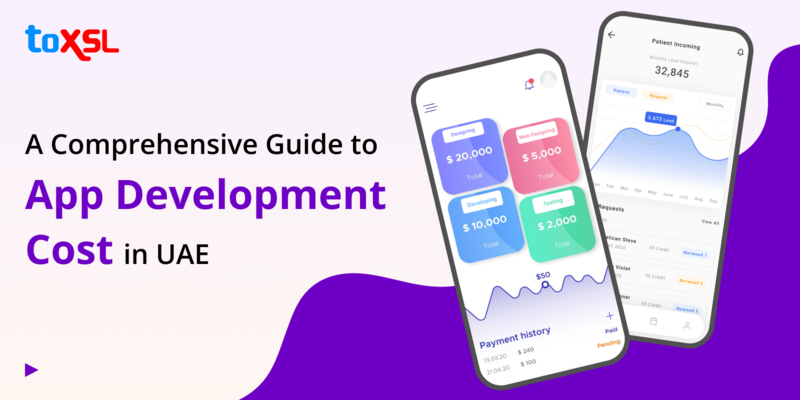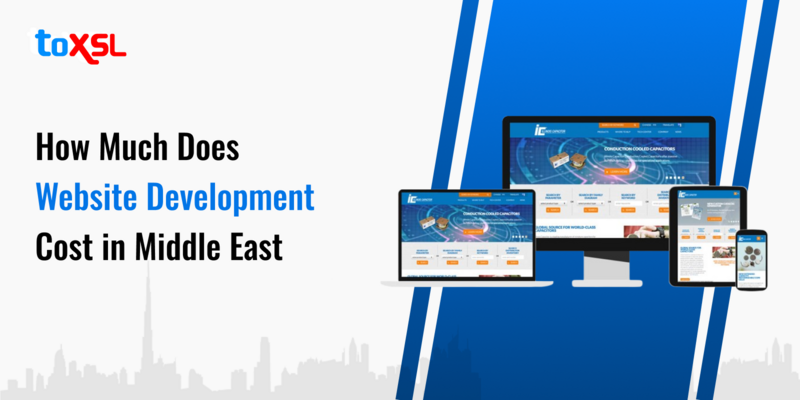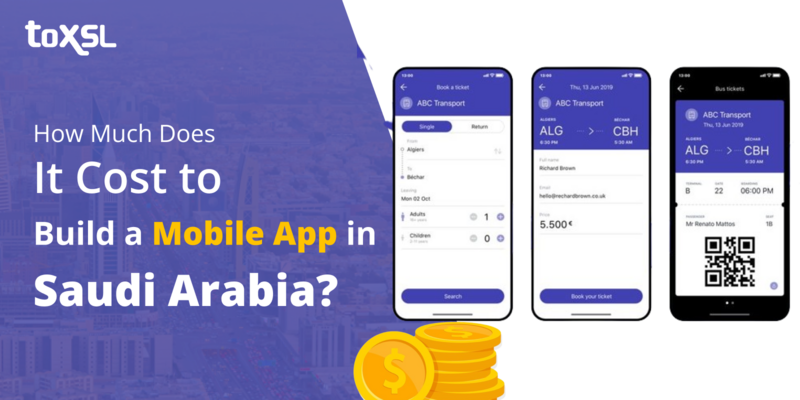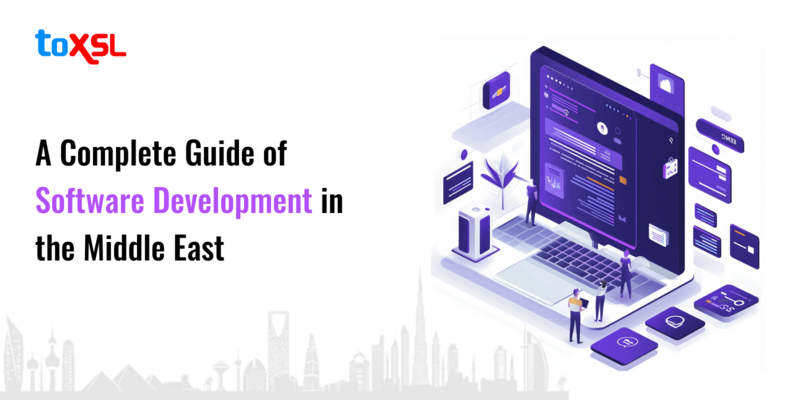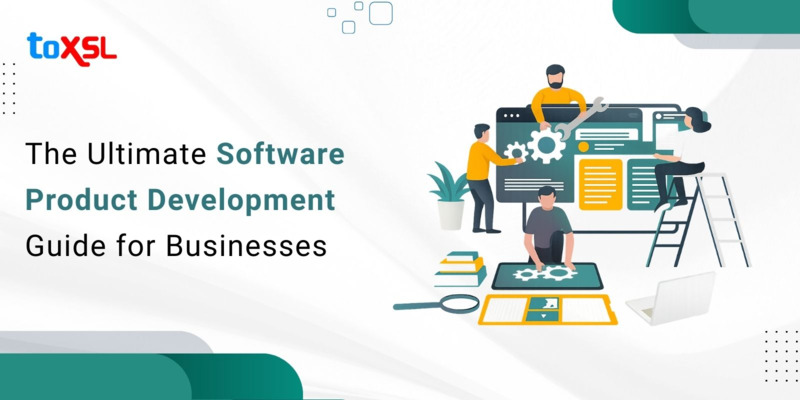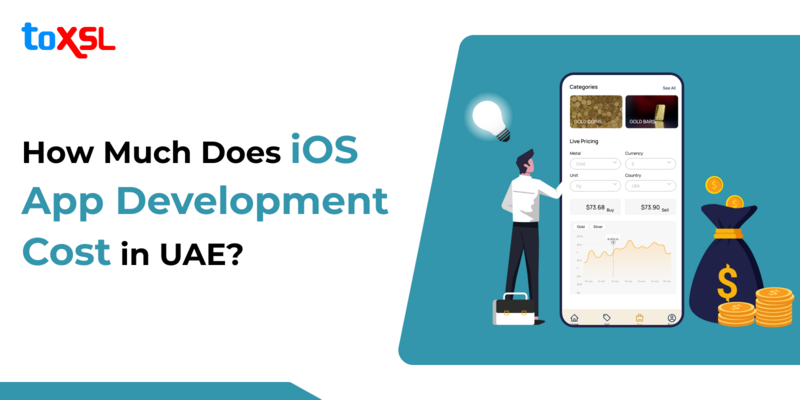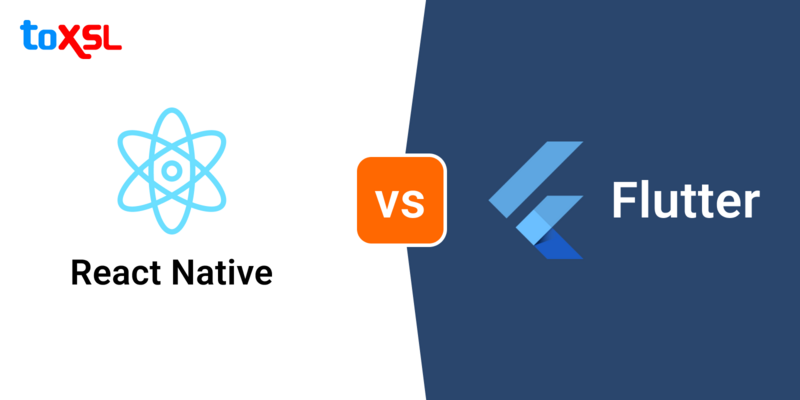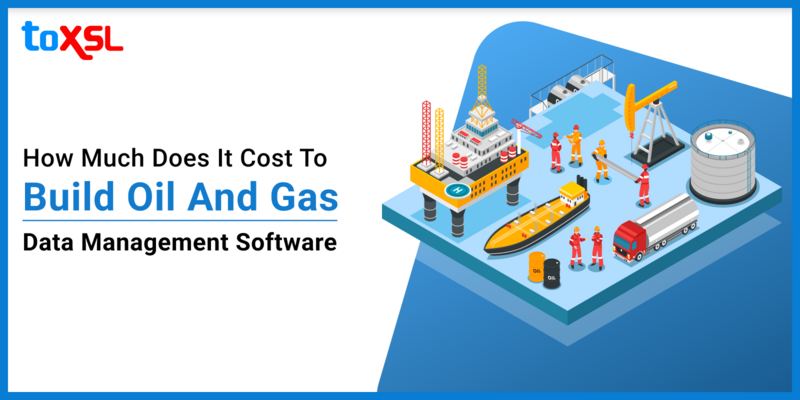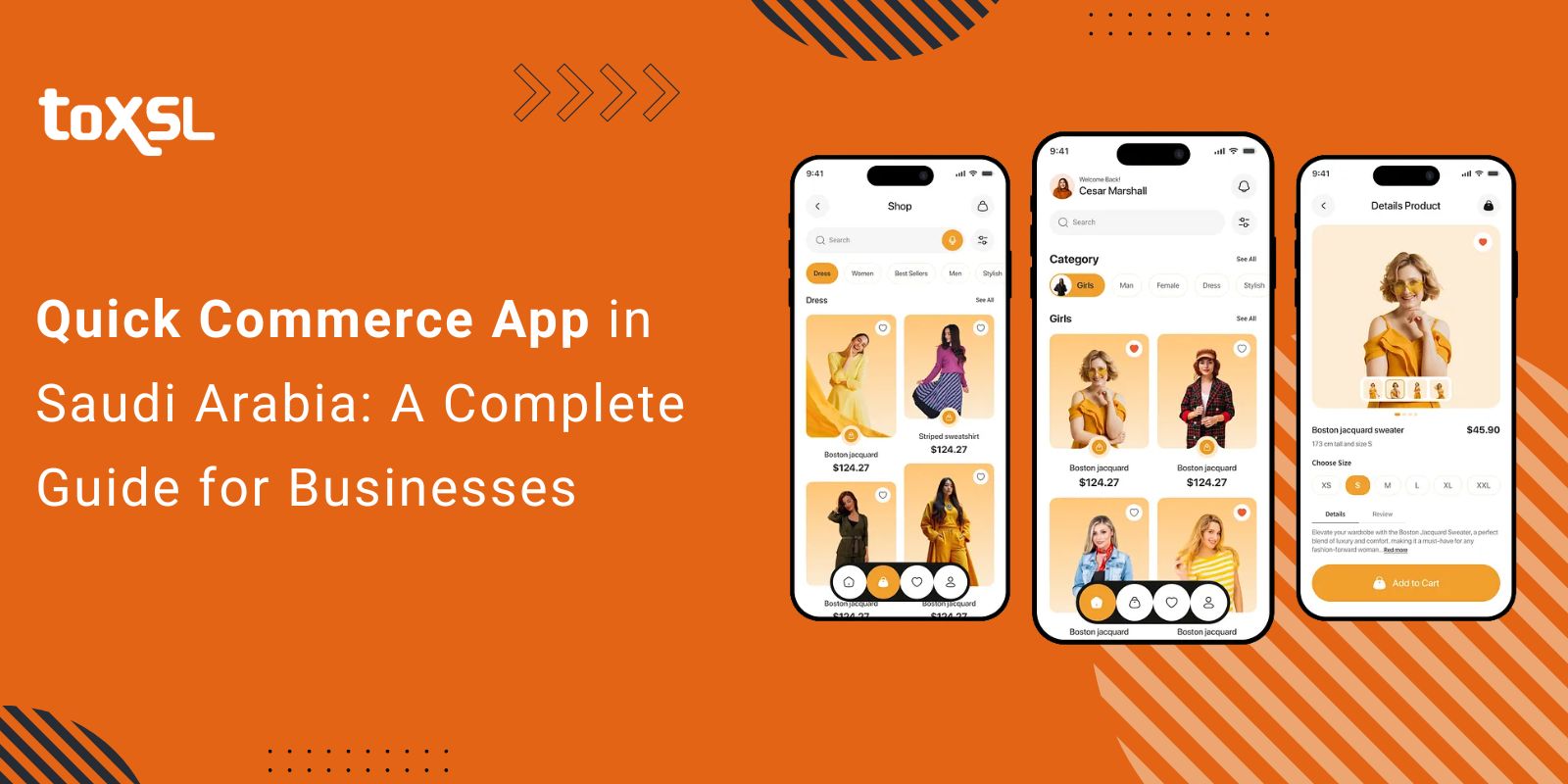
Quick commerce has reshaped how consumers expect goods to be delivered - faster, more convenient, and highly localized. In markets like Saudi Arabia, where smartphone penetration, digital payments, and consumer expectations are rapidly evolving, building a reliable, scalable, and user-friendly quick commerce app is no longer optional for retailers and startups, it’s strategic. This guide, written on behalf of ToXSL Technologies, explains in detail how to develop a successful quick commerce app in Saudi Arabia. We cover definitions, business models, a step-by-step development roadmap, essential features, cost considerations, and the tangible benefits such a product delivers in this market.
Throughout this article you will find practical advice drawn from real project patterns and technical best practices we follow at ToXSL Technologies. We also include the exact keywords you requested, such as quick commerce, quick commerce companies, amazon quick commerce, quick commerce app, quick commerce app development, and quick commerce app development company, and additional related search-oriented terms like on-demand delivery, hyperlocal delivery, grocery delivery app, last-mile delivery, dark stores, inventory management, driver app, merchant panel, and real-time tracking.
Key Takeaways
- Quick commerce is revolutionizing online shopping in Saudi Arabia with ultra-fast delivery and convenience.
- A successful quick commerce app requires strong technology, real-time logistics, and localized user experience.
- Essential features include customer, driver, merchant, and admin modules with real-time tracking and payments.
- The cost to develop a quick commerce app varies from $30,000 for an MVP to $250,000+ for enterprise solutions.
What is Quick Commerce and Why It Matters in Saudi Arabia
What is quick commerce?
Quick commerce, often abbreviated Q commerce, refers to an e-commerce model focused on delivering small-basket orders within extremely short time windows, typically 10–60 minutes. Unlike traditional e-commerce that emphasizes breadth of SKUs and price, quick commerce emphasizes speed, convenience, and locality. The model relies on dense micro-fulfillment infrastructure (dark stores), optimized last-mile logistics, real-time inventory systems, and user-friendly mobile applications.
Why quick commerce matters in Saudi Arabia
Saudi Arabia’s retail and digital ecosystems are experiencing rapid transformation. Consumers increasingly expect fast, seamless experiences driven by mobile apps and digital payments. Several local and international quick commerce companies have recognized the opportunity in Saudi markets to serve urban consumers who value time and convenience. Factors that make Saudi Arabia especially suitable for Q-commerce include:
- High smartphone penetration and active mobile-first consumer behavior.
- Large urban population centers with dense neighborhoods — favorable for dark stores and fast routing.
- Growing adoption of digital payments and appetite for on-demand services.
- Seasonality and occasions (e.g., Ramadan, Eid) that drive spikes in quick grocery and convenience purchases.
Understanding local consumer behavior, cultural nuances (e.g., Arabic language and Right-to-Left UI), and logistics realities is critical for product-market fit. At ToXSL Technologies, we prioritize localization and regulatory compliance as part of every project in Saudi Arabia.
Quick Commerce Business Model
A successful quick commerce business model combines technology, operations, and partnerships. Below are the core components and monetization levers:
Core components
Dark stores / micro-fulfillment centers
Small-format warehouses distributed across the city to minimize travel time. These are stocked with high-turnover SKUs and optimized for rapid picking and packing.
Retail partnerships and suppliers
Collaboration with local stores, brands, and wholesalers to ensure product availability and variety. Some models rely on in-house inventory; others operate as a marketplace aggregating partner inventories.
Technology platform
This includes the quick commerce app (customer-facing), merchant panel, driver/partner app, and admin dashboard with real-time inventory, order management, and analytics.
Logistics & last-mile delivery
A fleet of riders or drivers, often coordinated with route optimization, batching orders where beneficial, and using real-time tracking.
Customer acquisition and retention
Promotions, subscription passes (e.g., unlimited free deliveries), loyalty programs, and personalization to increase frequency and lifetime value.
Monetization levers
- Delivery fees / surge pricing: Charging per-order delivery or dynamic pricing during peak times.
- Subscription models: Monthly/annual passes for reduced/free delivery (increases repeat usage).
- Commission from merchant partners: Marketplace fees for orders placed via the platform.
- In-app promotions & advertising: Sponsored placements and featured listings.
- Value-added services: Express fulfillment, bundling, or corporate partnerships.
Competitor landscape and examples
Several quick commerce companies operate globally and regionally; their models vary from vertically integrated (own inventory and logistics) to marketplace-led. The presence of large players, including initiatives like amazon quick commerce experiments, indicates both market demand and the importance of operational efficiency. For entrants in Saudi Arabia, differentiators include localization (Arabic/RTL UI), reliability, pricing, and logistics coverage.
Step-by-Step Guide to Develop a Quick Commerce App
Developing a market-ready quick commerce app requires a blend of strategic planning, technical execution, and operational readiness. Below is a practical, detailed roadmap we recommend at ToXSL Technologies.
1. Market research and validation
- Understand customer segments: Identify target users (e.g., young professionals, families, office clusters) and their buying patterns.
- Competitive analysis: Analyze existing quick commerce companies in Saudi Arabia and GCC, their pricing, coverage, and feature sets.
- Demand validation: Run pilots or landing page campaigns to measure interest before heavy investment.
Deliverable: market validation report with recommended pilot neighborhoods, SKU lists, and pricing tests.
2. Choose your business model and supply strategy
- Full-stack model: You own inventory and logistics - higher control, higher capital requirement.
- Marketplace/aggregation: Integrate multiple local stores - faster to launch, dependent on partners.
- Hybrid model: A mix, own dark stores for fast SKUs and partner listings for broader catalog.
Decide whether to focus on groceries, groceries + convenience, or multi-category instant delivery.
3. Regulatory compliance and local requirements
- Business licensing: Ensure appropriate trade licenses, import documentation, and local registrations.
- Data protection & privacy: Adhere to local data protection laws and best practices for user data.
- Payment compliance: Integrate compliant payment gateways and work with local payment processors if required.
- Consumer protection rules: Understand return/refund expectations and label/regulatory requirements for food products.
Deliverable: compliance checklist and legal partner recommendations.
4. Define product scope and MVP features
At launch, prioritize features that prove value and keep operations manageable. MVP features commonly include:
- Fast onboarding and simple checkout (guest + saved accounts).
- Real-time inventory visibility for dark stores.
- Express delivery slot selection and live tracking.
- Basic merchant panel and driver app.
- Simple promotions and subscription pass.
Deliverable: Product requirement document (PRD) and prioritization matrix.
5. UX/UI design and localization
- Design for speed and clarity: Minimize taps to order. Use predictive search and commonly ordered lists.
- Arabic & English support: Implement RTL support and culturally relevant UI (e.g., icons, images).
- Accessibility: Make the app usable across typical device sizes used in Saudi Arabia.
Deliverable: clickable prototypes for customer, merchant, and driver apps.
6. Technology architecture and stack
- Frontend: Native mobile apps (iOS + Android) or cross-platform frameworks depending on resources - aim for native performance for best delivery UX.
- Backend: Scalable microservices or modular monolith handling catalog, orders, inventory, routing, and notifications. Use caching for frequent queries.
- Database: Fast reads for product catalogs, ACID-compliant transactions for orders. Consider NoSQL for high-read catalog and relational DB for transactional data.
- Real-time systems: WebSockets or push notification systems for live tracking and order updates.
- Cloud & infra: Use cloud providers with local regions for low latency and compliance. Implement auto-scaling and disaster recovery.
- Third-party services: Map & routing APIs, SMS/email gateways, payment gateways, analytics (BI), SMS/OTP, and KYC providers.
Deliverable: technical architecture diagram and API contract.
7. Inventory and supplier integration
- SKU standardization: Use consistent SKUs across dark stores and partners.
- Inventory sync: Real-time or near-real-time sync to avoid stockouts and canceled orders.
- Forecasting: Implement replenishment algorithms based on sales velocity to avoid over/understocking.
Deliverable: inventory management plan and integration spec.
8. Logistics & driver operations
- Driver app: Accept/decline deliveries, navigation, proof-of-delivery, earnings dashboard.
- Route optimization: Use batching and route optimization to improve efficiency. Consider AI route optimization to minimize travel time.
- Fleet mix: Decide on bike, scooter, car depending on city topology and weather.
- Driver onboarding & verification: Ensure identity verification, background checks where applicable, and training.
Deliverable: logistics SOP and driver onboarding kit.
9. Payment & billing systems
- Multiple payment options: Card, digital wallets, COD if needed, and local payment networks. Support stored cards and one-tap checkout.
- Subscription engine: For membership passes and recurring billing.
- Taxation & invoicing: Integrate VAT/GST logic if applicable and generate compliant receipts.
Deliverable: payment flow diagrams and reconciliation process.
10. Testing & quality assurance
- Functional testing: Cover core flows: order placement, tracking, cancellations, returns.
- Performance testing: Simulate load, especially surge scenarios (peak hours, Ramadan).
- Security testing: Pen testing, OWASP top 10 remediation, encryption for sensitive data.
- Localization QA: Validate Arabic translations and RTL layout correctness.
Deliverable: test reports and bug/issue backlog.
11. Pilot launch (Soft launch)
- Start with a limited geography and a small set of SKUs.
- Monitor KPIs: time-to-fulfill, order completion rate, cancellations, average order value (AOV), retention.
- Collect user feedback and iterate rapidly.
Deliverable: pilot metrics dashboard and retrospective.
12. Full launch and growth
- Scale dark store footprint based on demand heatmaps.
- Implement marketing: in-app promotions, digital ads, partnerships with local influencers, and B2B tie-ups.
- Expand categories and functionalities based on data.
Deliverable: 90-day growth plan and customer acquisition cost (CAC) targets.
13. Ongoing optimization and scaling
- Use analytics and A/B testing to refine UX and pricing.
- Automate replenishment and route planning with ML models.
- Invest in micro-fulfillment automation as volumes grow.
Deliverable: roadmap for version updates and automation investments.
Features of a Quick Commerce App
A robust quick commerce application includes distinct modules for customers, merchants, drivers, and administrators. Below are essential features and why they matter.
Customer app features
Fast onboarding & profile management: Quick sign-up via OTP and minimal friction.
Smart search & categories: Predictive search, favorites, recent orders, and curated lists (e.g., “Top essentials — 15 mins”).
Real-time inventory & dark store selection: Show nearest fulfillment center availability.
One-tap checkout & saved payments: Quick payments reduce friction for repeat orders.
Delivery time selection & accurate ETAs: Live tracking and real-time ETAs increase trust.
Subscription passes & offers: Encourage repeat usage with delivery passes and personalized deals.
Order tracking & notifications: Push notifications, SMS alerts, and live map tracking.
Multi-language (Arabic + English) & RTL support: Critical for Saudi Arabia’s user base.
Self-serve returns & refunds: Simple workflows for customer satisfaction.
In-app chat and support: Rapid issue resolution improves retention.
Merchant panel features
Order management & fulfillment: Accept and prepare orders, print pick lists.
Inventory updates: Real-time stock controls and low-stock alerts.
Sales & promotion management: Create offers and flash sales.
Analytics & reporting: Sales reports, product performance, and churn indicators.
Driver app features
Job acceptance & routing: Timely job assignments and optimized routes.
Navigation & proof of delivery: Integrated maps, OTP or photo confirmation.
Earnings & incentives panel: Clear breakdown of earnings and bonuses.
Availability scheduling: Drivers manage shifts and availability.
Admin dashboard features
Order orchestration & routing control: Monitor flows and intervene if needed.
Business analytics & KPI dashboards: Cohort analysis, retention, AOV, delivery times.
Customer management & CRM integrations: Retention campaigns and support ticketing.
Fraud detection & moderation tools: Protect operations from misuse.
Operational & advanced features
Route optimization & batching: Reduce delivery costs and improve speed.
Dynamic pricing & surge management: Adjust delivery fees during peak times.
Dark store automation & picking tools: Voice picking, barcode scanning to speed fulfillment.
AI-driven demand forecasting: Optimize stock based on predicted demand.
Multi-zone inventory & fulfillment logic: Smart routing across dark stores and partners.
Integration with POS systems: For partner merchants to sync inventories.
Including these features creates a competitive product aligned with what customers expect from modern quick commerce app experiences.
Cost to Develop a Quick Commerce App
The cost of developing a quick commerce app in Saudi Arabia depends on various factors such as the features you need, the platforms you choose, and the complexity of your operations. Unlike a standard eCommerce solution, a quick commerce platform requires real-time inventory management, route optimization, multiple apps (customer, driver, merchant, and admin), and seamless integrations with payment gateways and logistics tools.
Key Factors Affecting Cost
Scope of Features
- A basic MVP with essential features like product catalog, cart, payment, and order tracking will cost significantly less.
- A full-fledged solution with driver apps, merchant panels, subscription models, and advanced analytics requires higher investment.
Platform Choice
- Developing for a single platform (iOS or Android) is cost-effective but limits reach.
- Cross-platform frameworks like Flutter or React Native lower costs while targeting both platforms.
- Native development for iOS and Android ensures better performance but is more expensive.
UI/UX and Localization
- In Saudi Arabia, bilingual (Arabic and English) support and Right-to-Left layouts are crucial. Designing an intuitive, modern, and localized interface adds to the cost but greatly enhances user adoption.
Technology Stack and Integrations
- Features like live tracking, secure digital payments, dark store inventory sync, and AI-driven demand forecasting increase complexity. The more integrations you require, the higher the development cost.
Post-Launch Maintenance
- Costs don’t end at launch. Regular updates, bug fixes, server hosting, and customer support typically add 15–25% of the initial development cost annually.
Approximate Cost Range
- MVP (single city launch): $30,000 – $70,000
- Full-featured quick commerce platform: $80,000 – $250,000
- Enterprise-scale solution with automation: $250,000+
Benefits of Quick Commerce App in Saudi Arabia
A well-executed quick commerce product delivers powerful business and customer benefits. Below we summarize key advantages:
For customers
- Convenience & speed: Receive essentials in minutes, which is especially valued for urgent needs.
- Improved choices: Curated assortments and personalized recommendations save time.
- Seamless digital experience: Simple browsing, quick checkout, and live tracking.
For businesses and merchants
- Increased order frequency: Convenience drives habitual ordering and higher LTV.
- Higher margins on premium services: Express delivery and convenience items carry premium pricing opportunities.
- Better inventory turnover: Rapid replenishment and localized stocking reduce perishability for certain categories.
- Data-driven merchandising: Use purchase patterns for targeted promotions and assortment optimization.
For the ecosystem
- Job creation: Driver fleets, dark store personnel, and logistics roles.
- Support for small retailers: Platform partnerships can widen reach for neighborhood shops.
- Seasonal resilience: During festivals and events, Q-commerce can capture heightened demand efficiently.
Saudi-specific benefits
- Localization advantage: Arabic and RTL support plus local payment integrations make Q-commerce apps particularly sticky in Saudi markets.
- Urban efficiency: Dense urban neighborhoods in Saudi cities enable feasible 10–30 minute delivery windows.
- Event-driven spikes: Cultural and religious events create targeted demand windows where quick commerce shines.
Conclusion
Building a successful quick commerce app in Saudi Arabia requires more than just an app - it demands integrated thinking across product, operations, and local market understanding. From defining your business model and choosing the right technology stack to designing Arabic-first user experiences and optimizing last-mile logistics, every decision shapes the customer experience and unit economics.
At ToXSL Technologies, we have guided multiple clients through quick commerce app development journeys, from MVP pilots to scaled regional operations. Whether you are benchmarking against global players like amazon quick commerce, exploring partnerships with leading quick commerce companies, or launching your own localized service, our team can help you with the end-to-end process including product strategy, quick commerce app development company services, design, engineering, and operational integration.
If you are ready to explore how a purpose-built quick commerce application can drive growth in Saudi Arabia - minimize delivery times, maximize repeat purchases, and create lasting customer loyalty - ToXSL Technologies is ready to partner with you. Contact us today to start with a focused discovery and obtain a tailored plan and cost estimate for your quick commerce roadmap.
FAQ's
1. How long does it take to develop a fully functional quick commerce app?
Development time varies with scope, features, and platform choice. A basic MVP can take 3–4 months, a full-featured multi-platform solution may take 6–9 months, and enterprise-level apps with advanced logistics and AI may take 9–12 months.
2. How can AI improve the efficiency of a quick commerce app?
AI can optimize route planning for deliveries, predict demand for inventory management, personalize product recommendations for customers, automate dynamic pricing, and detect anomalies in operations, ensuring faster deliveries, reduced costs, and an enhanced user experience.
3. How can the app ensure real-time inventory management?
Integration with merchant systems and dark stores, automated stock updates, predictive replenishment algorithms, and real-time sync across platforms prevent stockouts and improve order fulfillment accuracy.
4. How can a quick commerce app enhance customer retention?
Retention improves through personalized offers, subscription passes, loyalty programs, seamless checkout, accurate ETAs, push notifications, and an intuitive bilingual interface that meets Saudi consumer expectations.
5. Can a quick commerce app support multiple cities simultaneously?
Yes, with proper planning, multi-city operations are possible through distributed dark stores, optimized routing algorithms, centralized inventory management, and a scalable app infrastructure.

